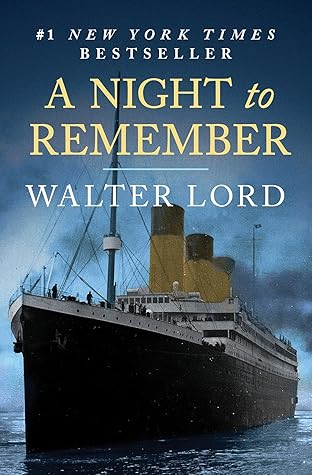More on this book
Community
Kindle Notes & Highlights
the postal clerks watched the scene together, joking about the soaked baggage and wondering what might be in the letters they could see floating around the abandoned mail room.
All the boats together could carry 1,178 people. On this Sunday night there were 2,207 people on board the Titanic.
“Yes, lady,” he answered. “God himself could not sink this ship.”
The night was a magnificent confirmation of “women and children first,” yet somehow the loss rate was higher for Third Class children than First Class men.
the testimony doesn’t suggest any deliberate hush-up—it was just that no one was interested.
In boat after boat the story was the same: a timid suggestion, a stronger refusal, nothing done. Of 1,600 people who went down on the Titanic, only 13 were picked up by the 18 boats that hovered nearby.
They were rowed off to the White Star pier, where souvenir hunters picked them clean during the night.
But legends are part of great events, and if they help keep alive the memory of gallant self-sacrifice, they serve their purpose.
What troubled people especially was not just the tragedy—or even its needlessness—but the element of fate in it all. If the Titanic had heeded any of the six ice messages on Sunday … if ice conditions had been normal … if the night had been rough or moonlit … if she had seen the berg 15 seconds sooner—or 15 seconds later … if she had hit the ice any other way … if her watertight bulkheads had been one deck higher … if she had carried enough boats … if the Californian had only come. Had any one of these “ifs” turned out right, every life might have been saved. But they all went against her—a
...more


